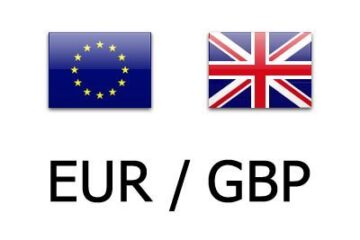The Federal Reserve so far has declined to make any moves to cut interest rates to support the domestic economy in the face of the tariff-driven financial-market turmoil.
And cuts aren’t likely to happen soon because they’re not needed yet, a Federal Reserve governor said Monday.
💵💰Don’t miss the move: Subscribe to TheStreet’s free daily newsletter 💰💵
Adriana Kugler, who joined the central bank’s Board of Governors in 2022, said inflation remains the bigger problem for the Fed, which has two chief mandates: to support price stability and maximize employment.
So, she supports leaving the Fed’s key interest rate, the Federal Funds Rate, at 4.25% to 4.5%, where it has been since November.
Related: Stock Market Today: Stocks volatile amid $9.5 trillion global wipeout
Speaking at Harvard University, Kugler said the employment situation remains relatively stable. In last week’s jobs report, the Labor Department’s Bureau of Labor Statistics estimated job gains in March at 228,000 with the unemployment rate ticking up 0.1 point to 4.2%.
But the data in the report was collected in early March before President Trump started to threaten higher tariffs and the stock market tanked.
Traders work on the New York Stock Exchange floor during last week’s market turmoil.
CHARLY TRIBALLEAU/Getty Images
Tariffs will have ‘a consequential impact’
Kugler told her Harvard audience — students and faculty at an economics class — that the tariffs would have a “consequential impact” on the economy. They will add new price pressures when the Fed wants inflation to drop to 2%. Inflation is currently closer to 3%.
Raising interest rates to cope with the tariff effect “may weaken the economy” Kugler said. But if the Fed cuts rates, she said, “we may drive inflation higher. So, we have to be very careful in how we navigate this period.”
More Economic Analysis:
Wall Street overhauls S&P 500 price targets as tariff selloff acceleratesInflation would like a word, pleaseStocks could bounce, but big bank earnings hold the cards
The major averages last week suffered their worst two-week losses since 2020 when the Covid-19 pandemic basically shut down most of the global economy. Monday’s trading was still volatile, but the major averages have bounced off their lows set early in the day.
The S&P 500 and Nasdaq were at modestly negative levels Monday afternoon. The Dow Jones Industrial Average was off around 300 points.
Nvidia (NVDA) was up 2.5% at $96.79. Apple (AAPL) was down 5% at $179.
Tariffs may reach highest levels since 1909
Last week, the president imposed major tariffs, including a 10% levy on all goods imported into the U.S. That’s supposed to take effect on Wednesday.
Additional tariffs on countries such as China, Vietnam, the EU countries and others will also be imposed. The average effective U.S. tariff will rise to at least 22.5%, the highest level since 1909, according to the Yale Budget Lab.
Many countries have vowed to retaliate, especially China, which promised to meet the U.S. tariff rate on that country to 34%. Trump on Monday threated an additional 50% tariff on China unless it backs down.
Vietnam and Japan on Monday signaled interest in negotiating specific trade deals, though how much real negotiation might occur is unclear. Japan is facing a reciprocal tariff of 24%, while Vietnam is facing 46%.
Related: Veteran fund manager unveils eye-popping S&P 500 forecast
.


